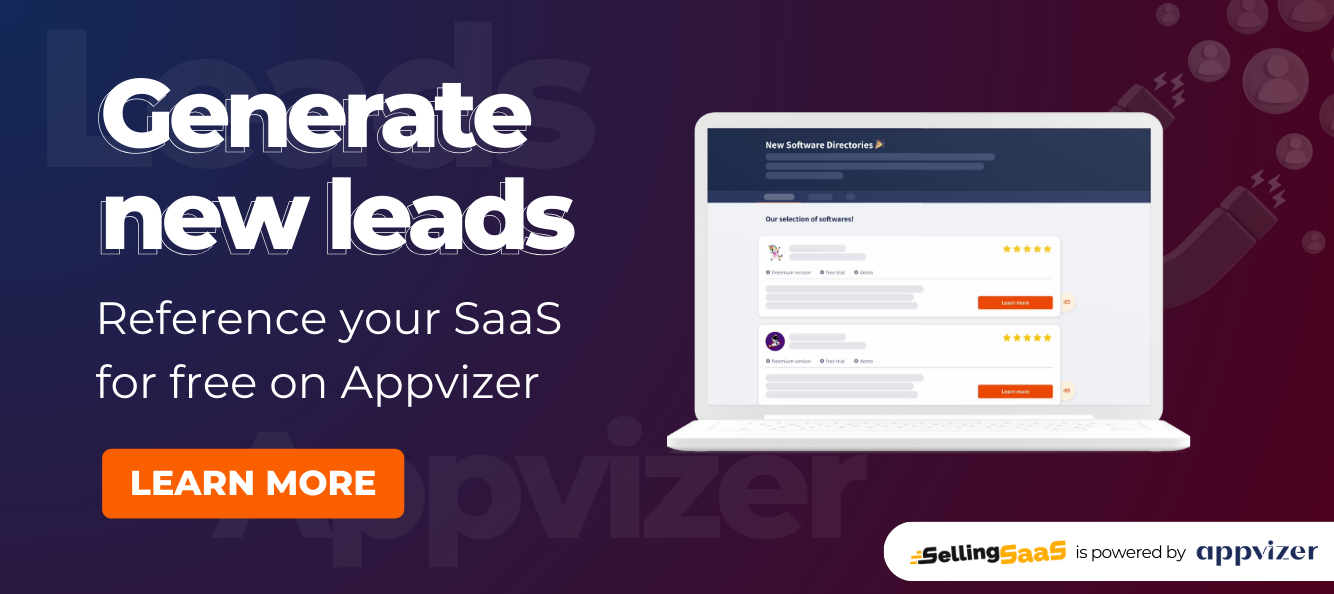The world of B2B SaaS (Software as a Service) presents unique challenges and opportunities, especially in the realm of sales. Developing an effective sales strategy is crucial for SaaS businesses targeting other businesses. This guide provides an overview of the essential elements of a B2B SaaS sales strategy, helping entrepreneurs and sales teams navigate this dynamic landscape.
1. Understanding B2B SaaS Sales
The Depth of Sales Teams in B2B SaaS
In B2B SaaS, the sales team’s structure significantly impacts success. A deep sales team, well-versed in the complexities of SaaS products, is necessary. This team doesn’t just sell a product; they offer a solution, often requiring an in-depth understanding of the client’s business needs and pain points.
The Mid-Level Sales Team’s Role
The mid-level sales team in B2B SaaS acts as a crucial bridge between the deep sales team and the customers. They play a key role in understanding customer requirements, presenting solutions effectively, and maintaining ongoing relationships. This team is often the face of your product, translating complex features into practical benefits for the customer.
Sales in B2B vs. B2C SaaS
The sales approach in B2B SaaS differs significantly from B2C. In B2B, sales cycles are longer, decisions are often committee-driven, and the focus is on relationship-building, customized solutions, and long-term value. In contrast, B2C sales are usually more straightforward, with shorter sales cycles and a focus on individual consumers’ immediate needs.
2. Key Strategies for Success
Building Lasting Relationships
Success in B2B SaaS sales heavily relies on building and maintaining strong relationships with clients. This involves regular communication, understanding their evolving needs, and being seen as a reliable partner rather than just a vendor. Long-term relationships lead to recurring revenue, an essential element for SaaS businesses.
Understanding the B2B decision-making process is critical. Sales teams must identify the key stakeholders and decision-makers within the client’s organization and tailor their approach accordingly. This often means addressing various concerns and requirements, from technical specifications to ROI and long-term benefits.
Customizing SaaS Solutions for B2B
The one-size-fits-all approach rarely works in B2B SaaS. Customizing your solution to address the specific challenges and needs of each client is paramount. This customization could range from integrating with existing systems to offering scalable features that grow with the client’s business.
These initial elements lay the foundation for a successful B2B SaaS sales strategy, emphasizing the importance of a knowledgeable sales team, relationship building, and tailored solutions. In the following sections, we will delve deeper into creating a sales playbook and optimizing sales performance through effective metrics and strategies.
3. Effective Sales Techniques
High-Touch Model for Enterprise Sales
In the high-touch sales model, tailored to enterprise-level clients, the focus is on providing personalized, extensive support and interaction. This approach involves in-depth consultations, custom demonstrations, and a high level of engagement throughout the sales process. It’s ideal for large organizations with complex needs, where the value of the SaaS solution is maximized through customization and dedicated support.
Self-Service Model for Medium-Sized Businesses
For medium-sized businesses, a self-service model can be highly effective. This approach allows clients to explore, evaluate, and purchase the SaaS product with minimal direct sales interaction. It relies on a user-friendly platform, clear information, and automated processes. This model suits businesses that prefer a straightforward, transactional purchasing process.
Mid-Market Model: A Hybrid Approach
The mid-market model strikes a balance between the high-touch and self-service approaches. It caters to businesses that require more attention than a self-service model can provide but less than what an enterprise client might need. This hybrid approach involves a combination of automated tools and personalized sales support, offering a scalable solution for growing businesses.
4. Crafting a B2B SaaS Sales Playbook
Lead Generation Tactics
Lead generation is the lifeline of the sales process. It involves identifying and attracting potential customers through various strategies.
Identifying Your Ideal Customer
Understanding and defining the ideal customer for your SaaS product is crucial. This involves analyzing market segments, identifying pain points, and recognizing the unique value proposition your product offers to those specific customers.
Content Strategy for Lead Generation
A robust content strategy, leveraging SEO and valuable, informative content, can significantly boost lead generation. This approach positions your SaaS solution as a thought leader and a reliable source of information, attracting potential customers organically.
Referrals and Cross-Selling
Maximizing customer acquisition opportunities through referrals and cross-selling is an often underutilized strategy in B2B SaaS sales. Encouraging existing customers to refer new clients and identifying opportunities to cross-sell to your current customer base can lead to significant growth.
Managing the Sales Process
Smooth Onboarding and User Experience
Ensuring a smooth transition for new customers is essential. This includes an intuitive onboarding process and a user experience that makes customers feel supported and valued from the outset.
Demonstrating Value of Your SaaS Solution
Your sales strategy must include clear demonstrations of how your SaaS solution solves specific problems. This involves presenting case studies, offering demos, and articulating the product’s unique advantages.
Handling Objections and Building Trust
A key aspect of the sales process is addressing potential objections and building trust with prospects. This includes understanding common concerns, providing clear and honest responses, and establishing a reputation for reliability and expertise.
In conclusion, effective sales techniques and a well-crafted sales playbook are vital components of a successful B2B SaaS sales strategy. These elements ensure that your sales approach is aligned with your target market’s needs, enabling your business to grow and thrive in the competitive SaaS marketplace.
5. Managing the Sales Process
Smooth Onboarding and User Experience
Ensuring a seamless onboarding experience is vital in retaining new B2B SaaS customers. This process should be intuitive, providing clear guidance and support, enabling customers to quickly realize the value of the SaaS product. A positive initial experience is crucial in building long-term customer relationships.
Demonstrating Value of Your SaaS Solution
A core aspect of the sales process is effectively demonstrating the unique value of your SaaS solution. This involves clearly articulating how your product addresses specific pain points, improves efficiency, or contributes to the client’s bottom line. Utilizing case studies, testimonials, and live demonstrations can be powerful in illustrating this value.
Handling Objections and Building Trust
Overcoming objections is a natural part of the sales process. Addressing potential concerns with transparency and confidence is essential in building trust. Providing data-backed answers, showcasing successful use cases, and being responsive to queries can help in convincingly addressing these objections.
Metrics and Optimization
Continuous measurement and optimization of the sales process are essential for improving efficiency and effectiveness. This involves regularly reviewing sales activities, customer feedback, and engagement metrics to identify areas for improvement and to adapt strategies as needed.
6. Measuring SaaS Sales Performance
Tracking Key Performance Indicators (KPIs)
Identifying and monitoring Key Performance Indicators (KPIs) is critical in measuring the success of your SaaS sales efforts. These KPIs can include sales conversion rates, customer acquisition costs, average revenue per account, and customer lifetime value. Regular analysis of these metrics provides insights into the health and effectiveness of your sales strategies.
Analyzing Customer Acquisition Cost (CAC)
Understanding the Customer Acquisition Cost (CAC) is vital in evaluating the efficiency of your sales and marketing efforts. CAC provides a clear picture of the total cost associated with acquiring a new customer. Keeping this cost in check while maintaining quality lead generation and conversion is key to sustainable business growth.
Assessing Churn Rate and Customer Lifetime Value (LTV)
Churn rate and Customer Lifetime Value (LTV) are crucial metrics in the SaaS business model. The churn rate provides insights into customer retention and satisfaction, while LTV helps in understanding the long-term value of customer relationships. Balancing these metrics is essential for ensuring the financial health and longevity of the SaaS business.
In conclusion, managing the sales process effectively and measuring performance through key metrics are fundamental aspects of a successful B2B SaaS sales strategy. By focusing on these areas, SaaS businesses can optimize their sales approaches, build stronger customer relationships, and drive sustainable growth.


